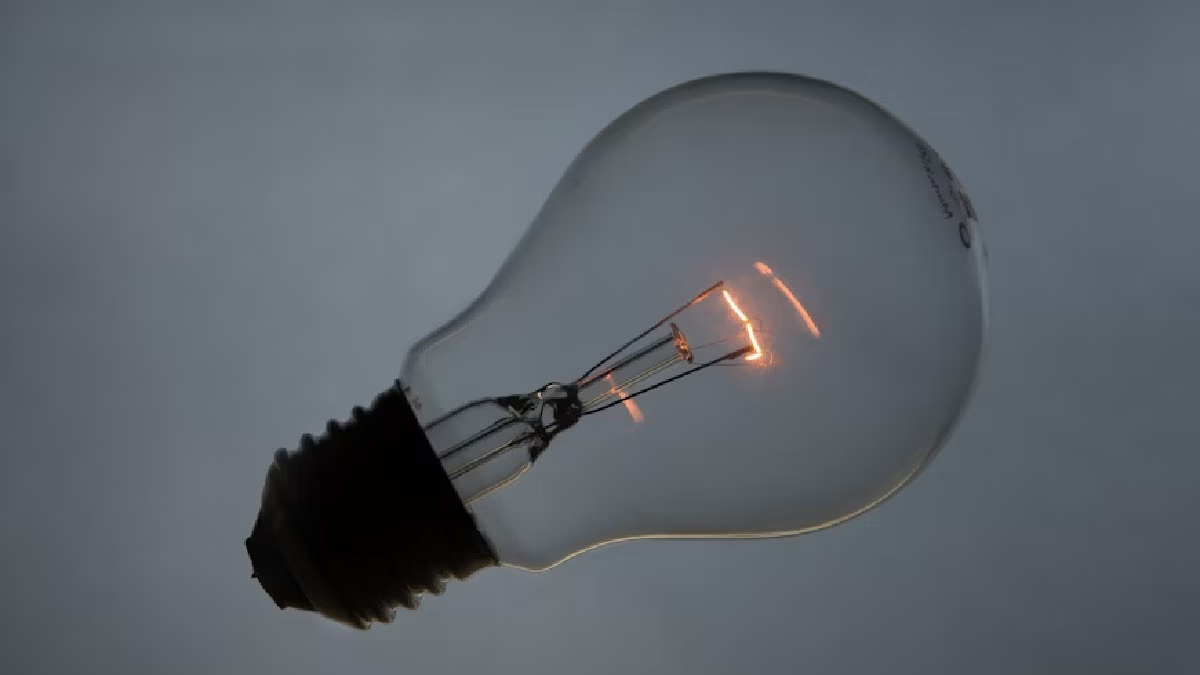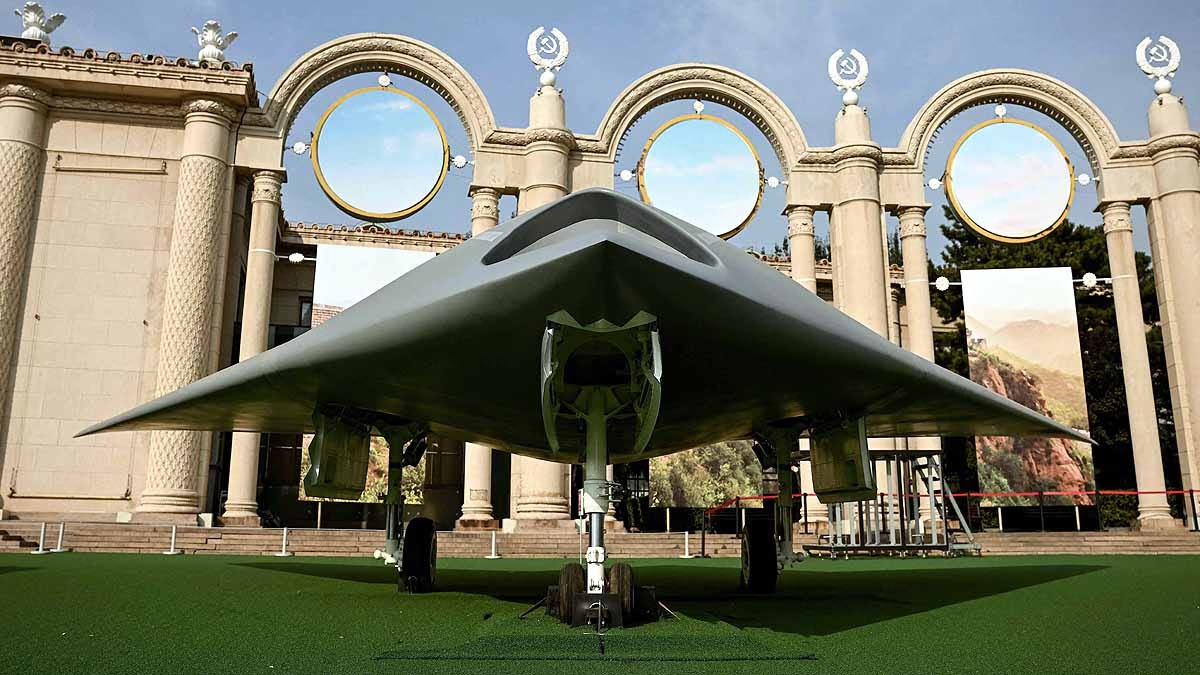Following Iran's missile strike, Israel may launch a potential counteraction, with preparations already underway. Reports suggest that Israel may aim at Iran's most critical military and strategic assets. As the conflict escalates, questions arise about Israel's next steps, the locations in Iran that might be targeted, and how it will protect itself from further attacks.
Potential Iranian Targets in Israel's Counterattack
If Israel decides on a counterattack, the initial focus is likely to be on Iran's missile facilities and airbases. At the top of the list might be the underground missile complex near Khorramabad, a strategic node within Iran's missile network due to its proximity to both Tel Aviv and the Iraqi border. Israel aims to disable these underground silos to weaken Iran's offensive capabilities.
Israel is likely to target Iran's airbases scattered across the country. By crippling Iran’s air force, Israel can significantly reduce the threat of future missile or air strikes. The destruction of these strategic airbases would hinder Iran's retaliatory capabilities and diminish its operational reach in the Middle East. In addition to these military installations, Israel might target Iran's nuclear facilities, weapon production sites, and major command centers to cripple the nation's war-faring abilities.
Underground Military Complexes and Missile Bases: Iran's Shield
Beneath the rugged terrains of Kermanshah, the heart of Iran, lies a vast network of underground military complexes. These fortified establishments act as a shield against air raids, with anti-aircraft missile batteries constantly on high alert, scanning the skies for any threats. Kermanshah, known for its strategic importance, is secured by these vigilant defenses. Additionally, near Khorramabad, another crucial target is the Imam Ali missile silo base. This base is strategically located just 1,265 kilometers from Tel Aviv and merely 195 kilometers from the Iraqi border.
An entire underground city filled with missiles lies beneath this area. It serves as the launch center for various ballistic missiles, making it a formidable military complex. With eight tunnels dug into the earth, this facility houses missiles capable of striking targets up to 1,300 kilometers away. Built deep within the mountains, this base is designed to withstand bunker-busting ammunition, providing a natural layer of defense against any attack.
Iranian Airbases: Strategic Targets in the Crosshairs
Air superiority plays a crucial role in modern warfare. To bring any nation to its knees, the first responders—air forces and their bases—must be targeted. Iran executed this strategy in its attacks against Israel. Several launched missiles targeted airbases from where Israel carried out its air operations against terrorist threats in Lebanon and Yemen. It's clear that Israel will similarly target Iranian airbases in its counteraction, where the Iranian air force operates.
Iran has a total of 17 airbases laid out across different regions, all of a strategic nature. These bases are vital for launching and sustaining military operations. If these airbases are destroyed, Iran's ability to conduct large-scale air operations will be significantly reduced.
Iranian Air Defenses on High Alert
Fully aware of a potential Israeli counterstrike, Iran has beefed up security around its critical military installations. Iran's short-range, low-altitude air defense system, known as Azarakhsh (Thunderbolt), is now active and ready. Additionally, surface-to-air missile systems are on high alert to protect the skies. Long-range Russian systems like the S-200 and S-300, along with Iran's domestically developed Bavar-373, are prepared to ward off incoming threats.
Medium-range systems like the US-made MIM-23 Hawk, HQ-2J, and Khordad-15 have been deployed. For close-range defense, Chinese-manufactured CH-SA-4 systems and the 9K331 Tor-M1 are also on high alert. Together, these layers of air defense create a formidable shield, providing Iran with multiple lines of defense against aerial attacks.
With tensions across the region, the skies over Iran remain a potential battleground. Both nations are preparing for a conflict that could ignite at any time, with devastating consequences for both sides. Nonetheless, during this tension, Iran's underground missile cities, airbases, and complex air defense systems remain a crucial part of its strategy, ensuring it can defend itself against the inevitable retaliation.




